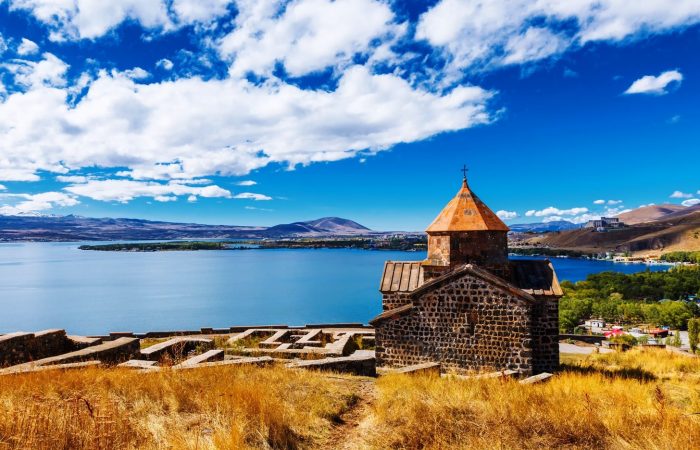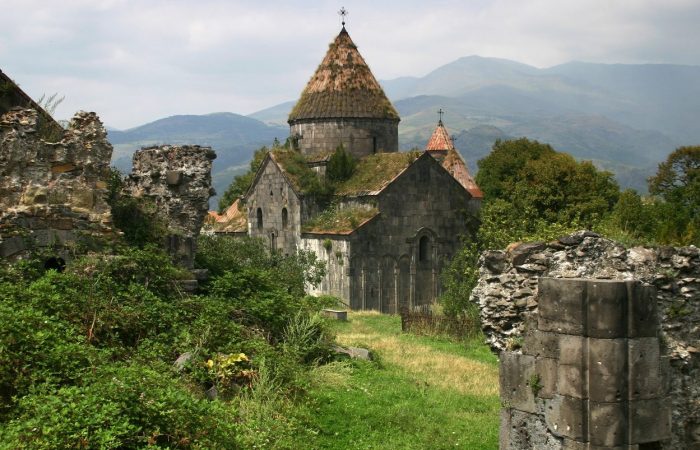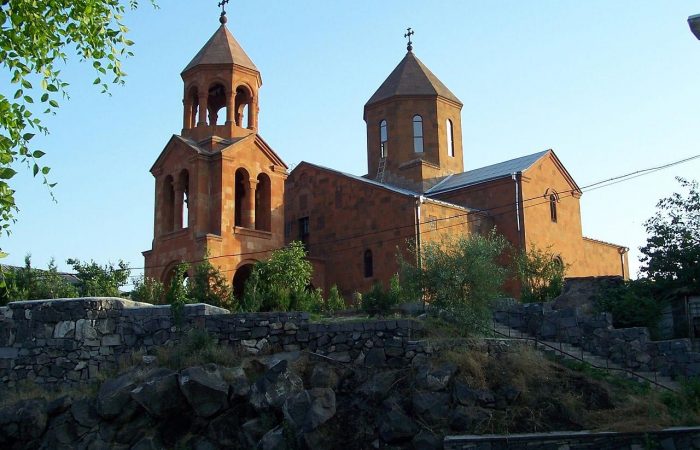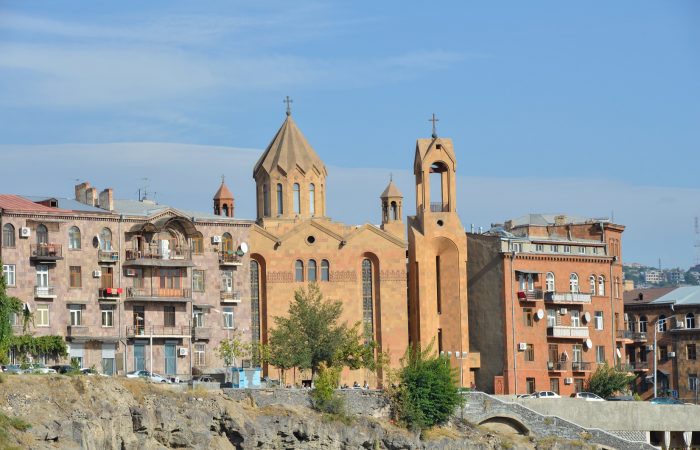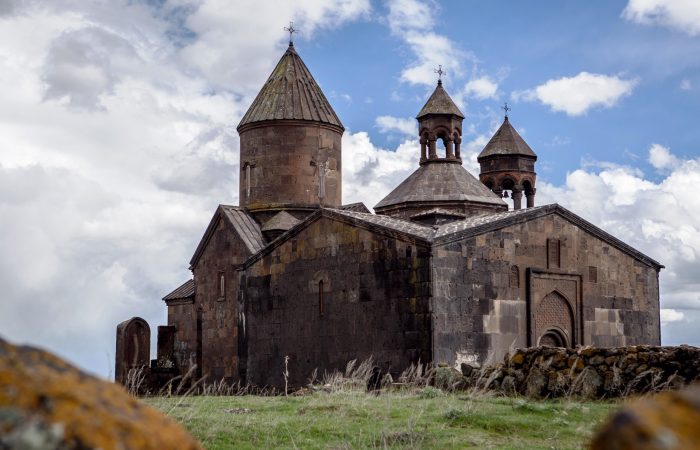Dendropark: General
Dendropark or Sochut is located in Stepanavan, Lori Province. It was founded by Polish engineer-forester Edmon Leonovich in 1933, who was the park’s director until 1984. The director’s post was then taken up by the founder’s son. In 1998 the park was proclaimed a Special Protected Area.
There are no cafes, houses or any possible rentals there. All you can do is just go to the park, enjoy the time you spend there and return.
The park is not open all day long. It opens at around 10 am and closes at 7 pm. Make sure to leave the park at the mentioned time as afterwards the park becomes dangerous since dogs are let into the botanical garden.
Dendropark: History and Territory
Polish engineer and forester Edmon Leonovich used to work in the area of present-day Dendropark for the Forestry Commission. And it’s then that upon his own initiative he started planting ornamental trees there.
The botanical garden covers an area of 35 ha, out of which the 17.5 ha is occupied by the natural forest and the 15 ha by ornamental trees. Notably, Dendropark is considered the first natural forest landscape in the Transcaucasus that was converted into a forest park. There are currently over 500 species in the park.
Most of the species introduced in the garden were acquired from Yerevan Botanical Garden. But it should be said that the collection of Dendropark would probably not be this impressive if the species were obtained only from the Yerevan Botanical Garden. Many plants were acquired from other botanical gardens as well. Among those gardens are the botanical gardens in Tbilisi (Georgia), Kiev (Ukraine), Nikitski (Crimea), Leningrad and Moscow (former Soviet Union) and the Far East. In regard to these acquirements it should be noted that they were made possible via Yerevan Botanical Garden, which got them as part of an international exchange program.
Later on, specimens were acquired from such countries as the US, Germany, France, China and Portugal.
Dendropark: Small Bridge
The park seems to be a miraculous place where all cherished dreams can be fulfilled. Noteworthily, there is a small wooden bridge in the park. It is believed that if you are crossing it for the first time, then you can make a wish, and be sure it will come true. People who have made a wish while crossing it for the first time claim it did come true. So no matter you believe in such things or not, if it’s your first time make a wish, and only then you will know if the bridge is a magical one or not.
Dendropark: Climate and When to Visit
Located at 1550 m above sea level the climate is really severe in the park. In early spring and winter the temperature is 6-7 degrees Celsius but sometimes it might even reach -28.5 degrees Celsius. The park receives 550 mm rainfall each year. The December to March period is marked with constant snow-falls.
The best time to visit the park is the July to November period, including late November. It’s the time when the park is warmed up by the tender and amiable rays of the sun. It’s not cold during that period, and the nature seems to be in full swing.
Dendropark: Species
Dendropark has been functioning for already 80 years, and throughout these years over 2.500 species have been tested with the goal to see which can survive and live in the extreme environmental conditions. Only 500 species proved to be able to stand the conditions. Among the plants that were brought to the park and which found home there are the beautiful and splendid Magnolia, Larch Larix Decidua, evergreen cypress, Syberian pine, Cryptomeria and Sequoiadendron. Among the native plants are Carpinus caucasica (hornbeam), Tilia caucasica (Caucasian lime), Tilia cordata (Little-leaf linden), Fagus orientalis (Oriental beech), Ulmus elliptica (Elliptic elm), Ulmus scabra, Ulmus foliacea, Quercus macranthera (Caucasian/Persian Oak), Quercus iberica (Georgian oak), Quercus longipes, Pyrus communis (European pear) and so on.
As already said, many of the species introduced in Dendropark were obtained by Yerevan Botanical Garden, and it should be said that many species were distributed throughout the world as well.
Dendropark: Present Needs
Presently, Dendropark needs mapping and taxonomic review. The park has no herbarium and a systematic catalog. Because of lack of funds neither of them is being done.
Lastly, the park represents great interest to the public and in this regard, it is busy all day long. The huge trees, the variety of flowers and plants, the colorful butterflies, which seem to be small fairies flying over the flowers, the sun shining upon the park and the sky above it create a timeless image, which is hard to forget.






